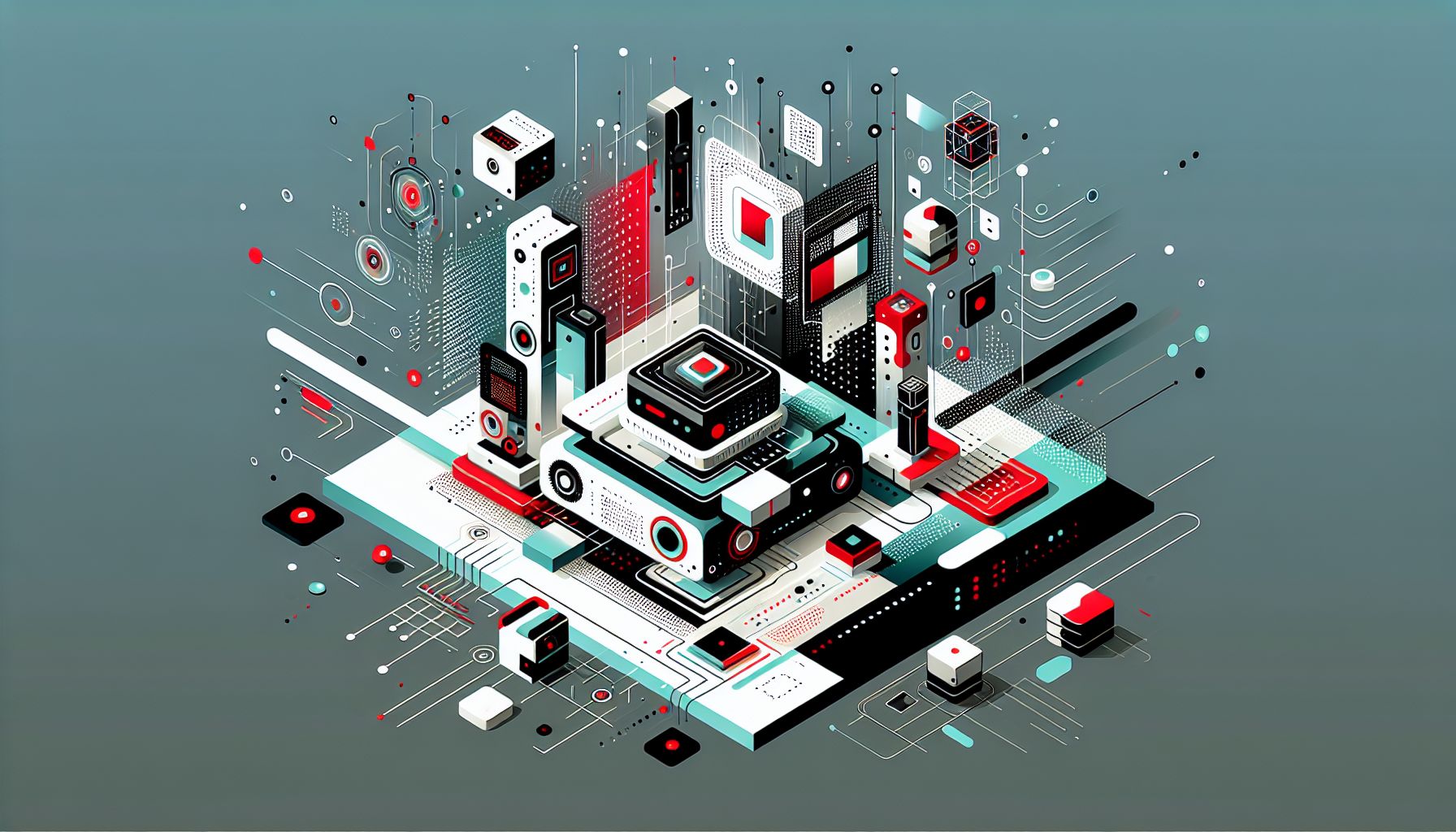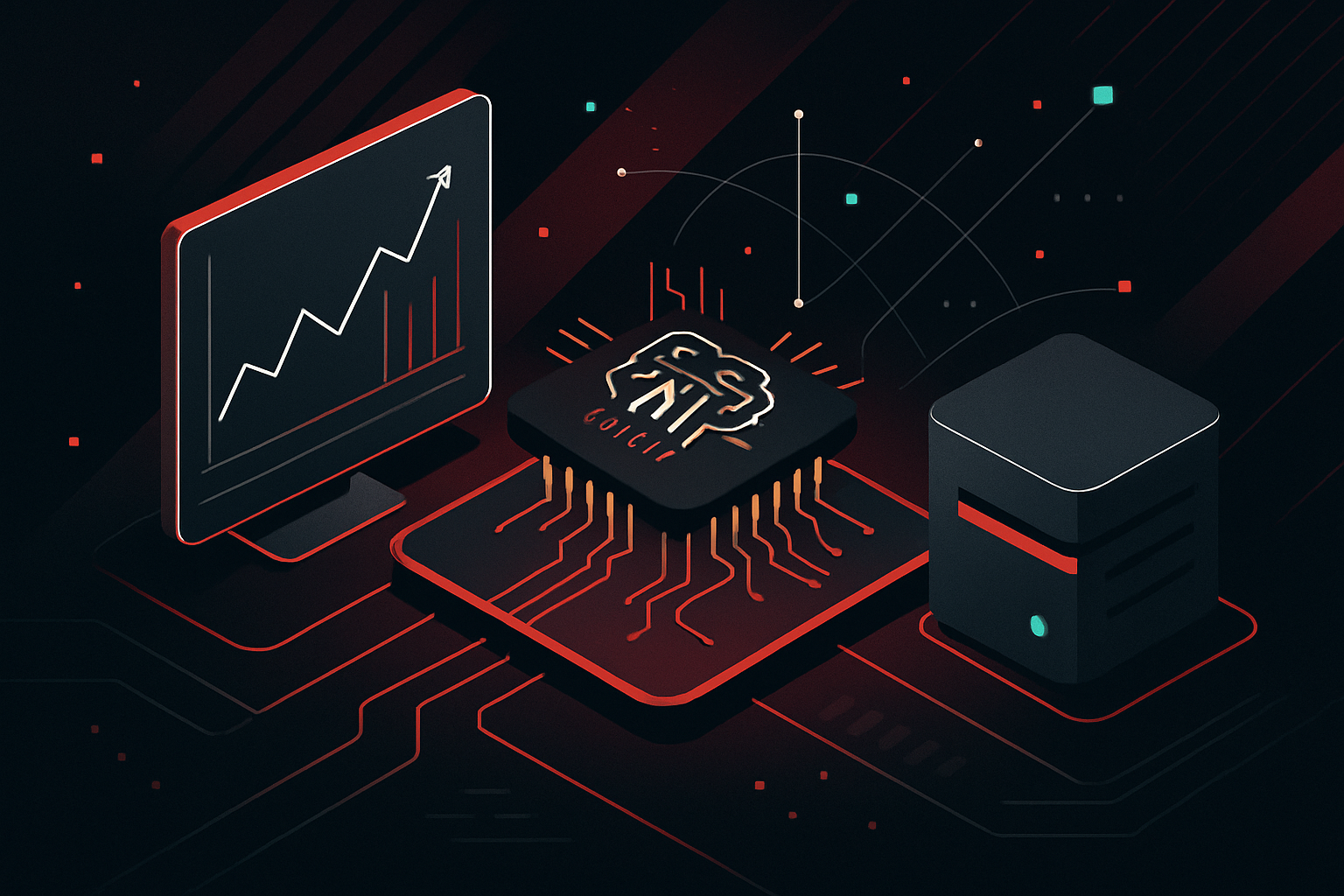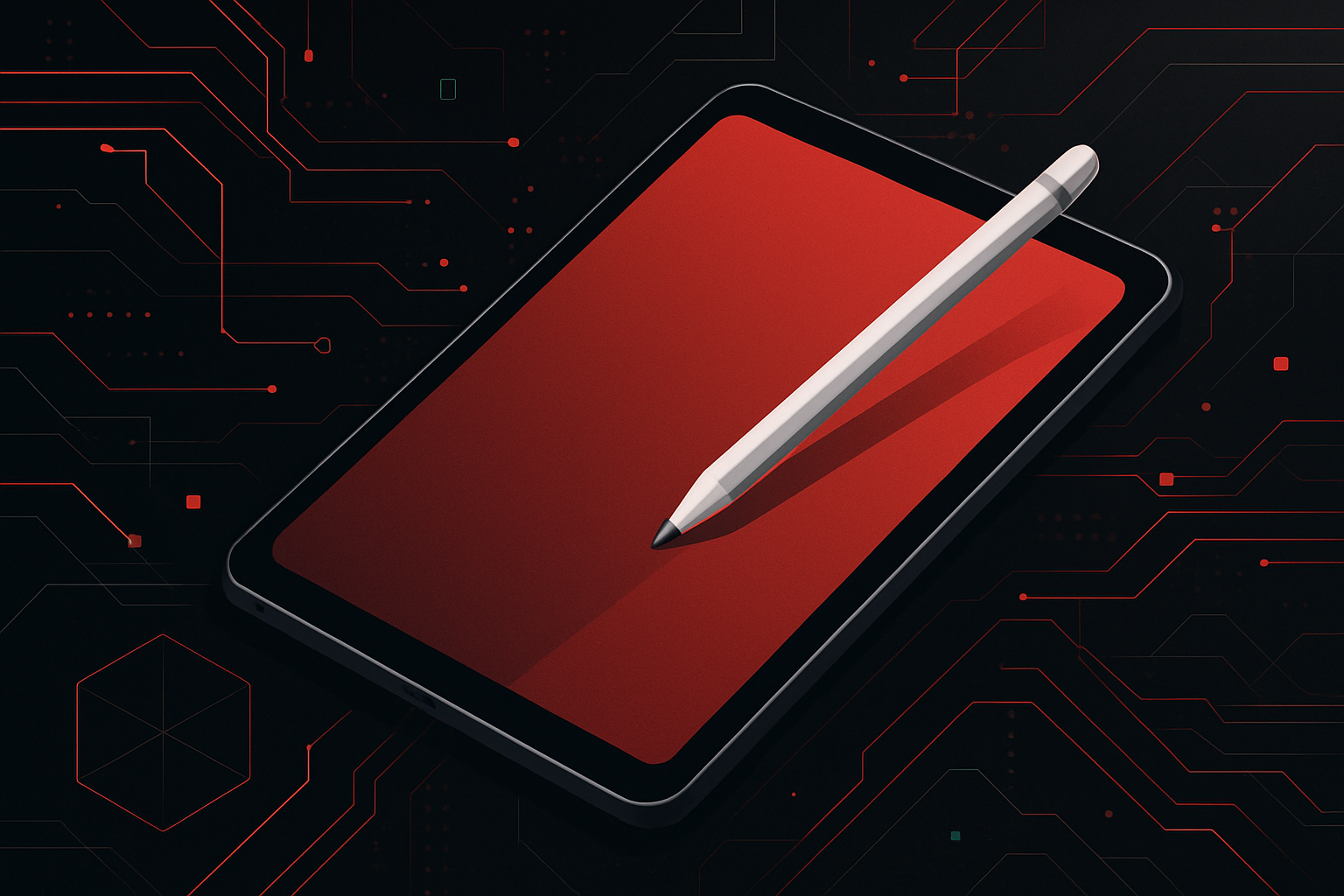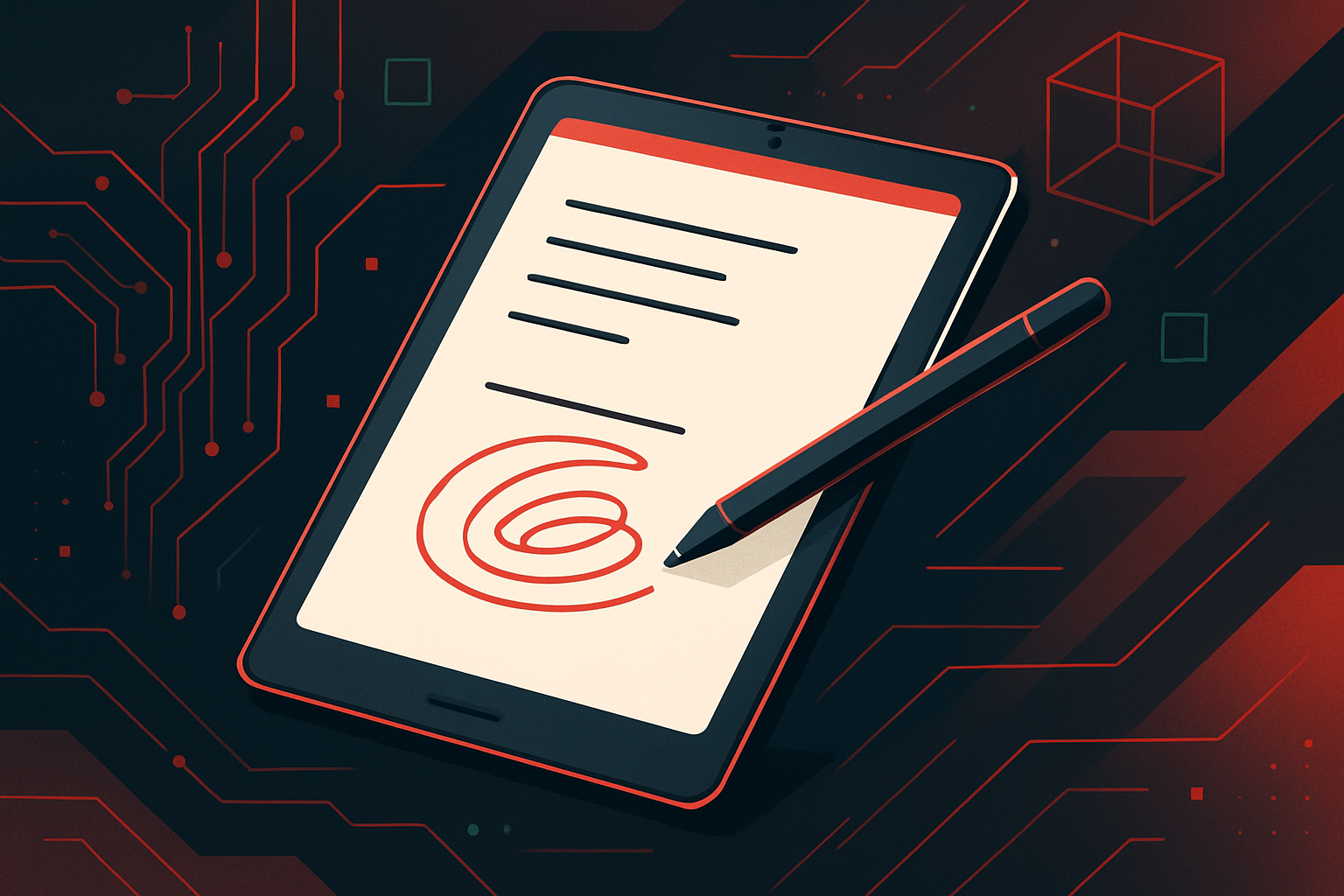Top Industries Disrupted by AI and Automation in 2024

Manufacturing
Automation and Robotics Integration
Manufacturing continues to be a major industry disrupted by AI and automation. Advanced robotics integrated with AI systems are streamlining processes on the factory floor. Robotic arms equipped with machine vision systems can now perform complex tasks such as quality inspection, assembly, and packaging with greater accuracy than human workers.
Predictive Maintenance
AI-driven predictive maintenance systems are used to analyze data from various sensors within machinery to predict potential failures before they occur. This reduces downtime and maintenance costs.
import pandas as pd
from sklearn.ensemble import RandomForestClassifier
# Example for predictive maintenance using machine learning
data = pd.read_csv('sensor_data.csv')
X = data[['sensor1', 'sensor2', 'sensor3']]
y = data['failure']
model = RandomForestClassifier()
model.fit(X, y)
# Predict potential failures
predictions = model.predict(X)
Healthcare
AI Diagnostics
AI has made significant strides in healthcare, particularly in diagnostics. Machine learning algorithms are now capable of analyzing medical images such as X-rays and MRIs with remarkable accuracy. This aids radiologists by highlighting potential areas of concern.
Virtual Health Assistants
AI-powered virtual assistants are being employed to manage patient inquiries, schedule appointments, and provide preliminary diagnoses based on symptoms described by patients.
Example Applications:
- IBM Watson Health: Used for personalized treatment recommendations.
- Google DeepMind: Applied in predictive modeling of patient deterioration.
Finance
Algorithmic Trading
The finance industry has embraced AI in algorithmic trading, where machine learning models predict market trends and make trades at speeds impossible for human traders.
Fraud Detection
AI systems continuously monitor transactions for unusual patterns that may indicate fraud, enhancing security and reducing financial losses.
Table: Comparison of Traditional vs. AI-Powered Systems in Finance
| Feature | Traditional Systems | AI-Powered Systems |
|---|---|---|
| Decision Speed | Minutes to Hours | Milliseconds |
| Accuracy in Predictions | Moderate | High |
| Fraud Detection | Manual | Automated |
Retail
Personalized Shopping Experiences
AI algorithms analyze customer data to offer personalized product recommendations, increasing conversion rates and customer satisfaction.
Inventory Management
Automation and AI are optimizing inventory management by predicting demand and adjusting stock levels accordingly, reducing waste and improving efficiency.
Transportation
Autonomous Vehicles
AI is at the forefront of the push towards autonomous vehicles. Companies like Tesla and Waymo are leading the charge in developing self-driving cars that rely on AI for navigation and decision-making.
Logistics Optimization
AI is used to optimize logistics by analyzing routes and delivery schedules to minimize costs and improve delivery times.
Agriculture
Precision Agriculture
AI and automation are transforming agriculture with precision farming techniques. Drones and sensors collect data on crop health, soil conditions, and weather patterns. AI models analyze this data to optimize planting and harvesting schedules.
Automated Machinery
Tractors and other farm machinery equipped with GPS and AI systems can operate autonomously, reducing the need for human labor and increasing efficiency.
Customer Service
Chatbots and Virtual Assistants
AI-driven chatbots are handling customer inquiries more efficiently than ever. These systems can resolve common issues without human intervention, freeing up staff to focus on more complex problems.
from transformers import pipeline
# Example chatbot using a pre-trained language model
chatbot = pipeline('conversational', model='microsoft/DialoGPT-medium')
response = chatbot("What is the status of my order?")
print(response)
Education
Personalized Learning
AI is disrupting education by providing personalized learning paths for students. Platforms use machine learning to assess a student’s strengths and weaknesses and adapt content accordingly.
Administrative Efficiency
AI tools are automating administrative tasks, such as grading and scheduling, allowing educators to focus more on teaching.
Conclusion
While AI and automation continue to disrupt various industries, the key to leveraging these technologies lies in understanding their capabilities and integrating them into existing processes to enhance efficiency, reduce costs, and improve outcomes.





0 thoughts on “Top Industries Disrupted by AI and Automation in 2024”